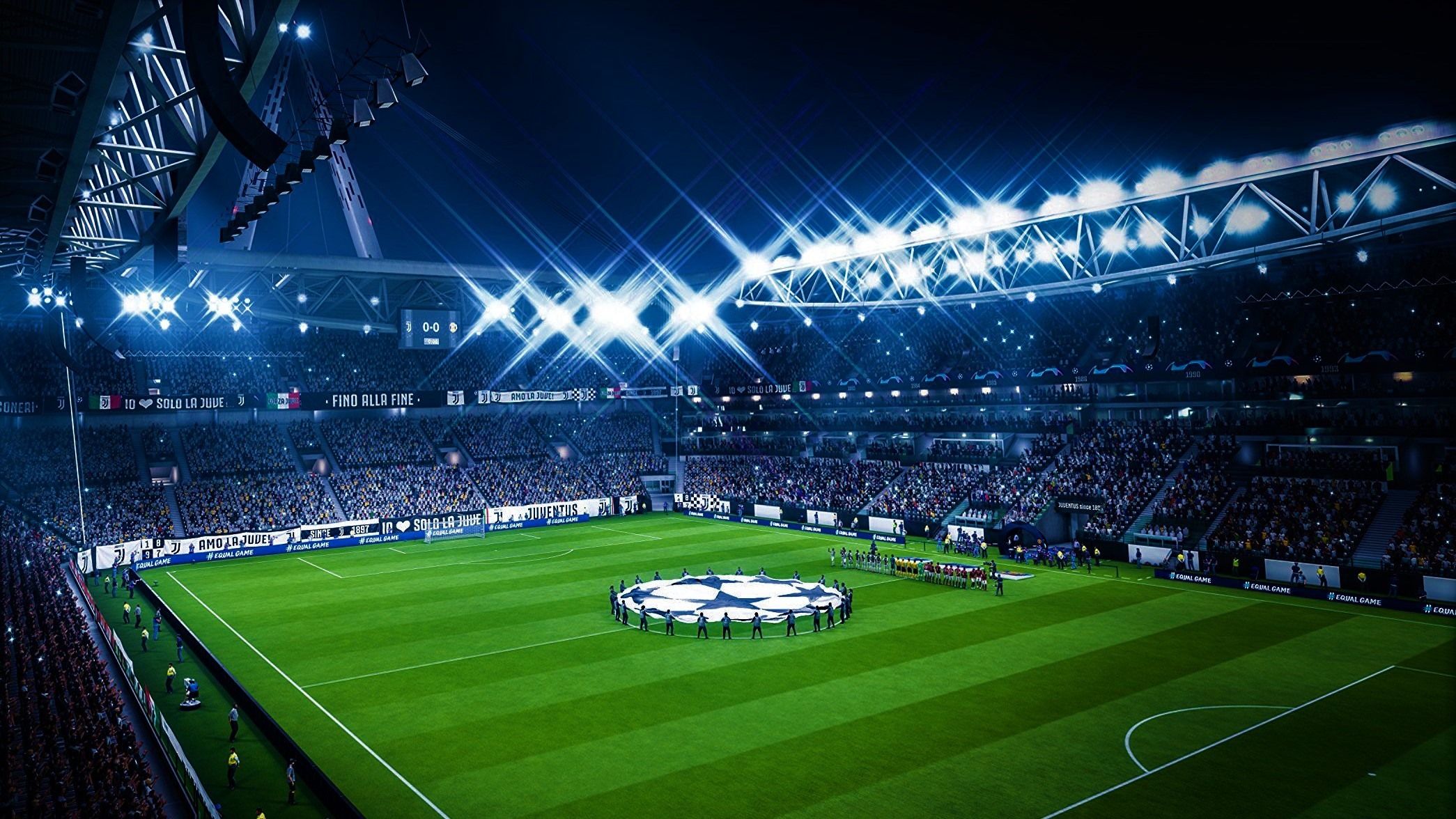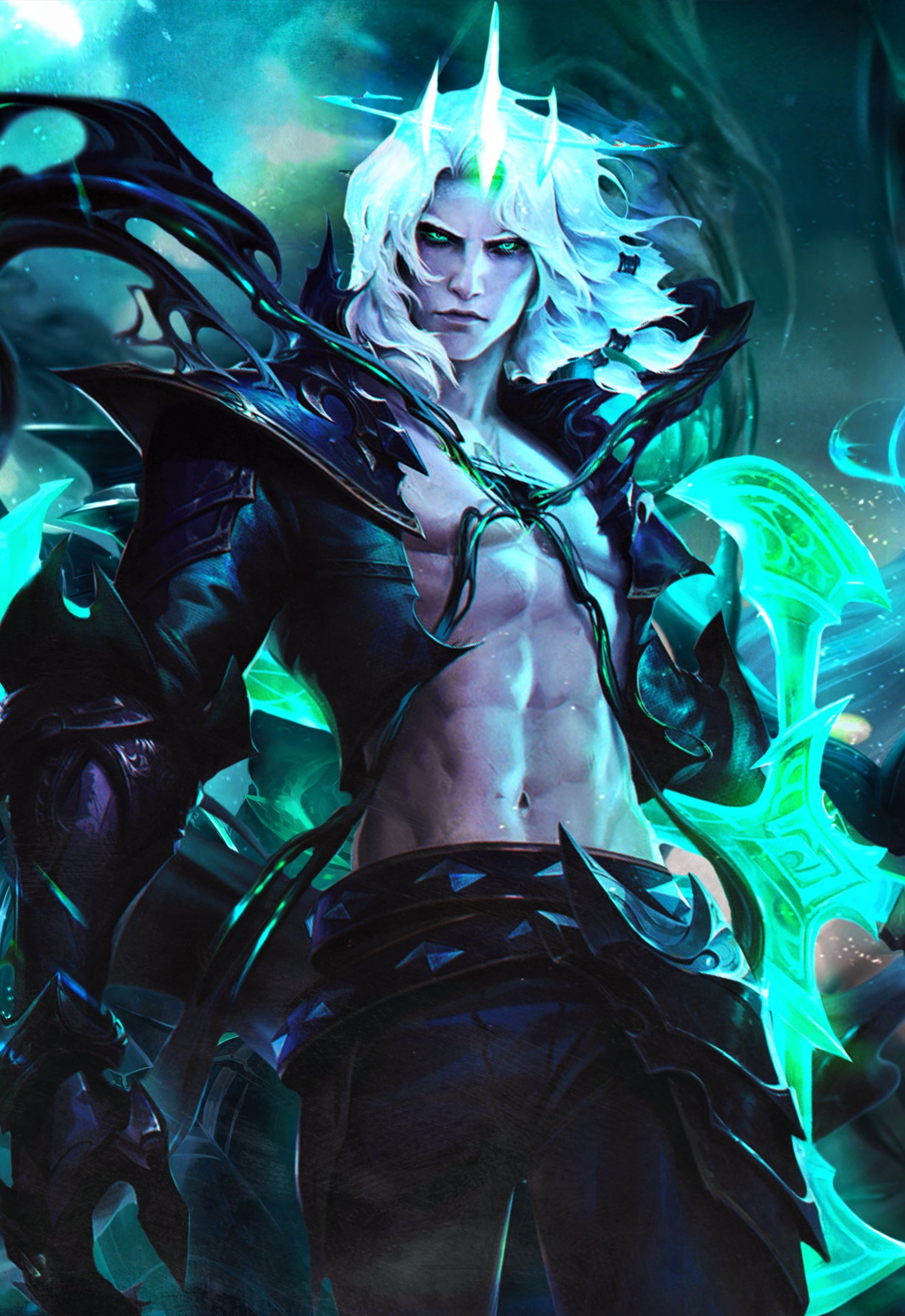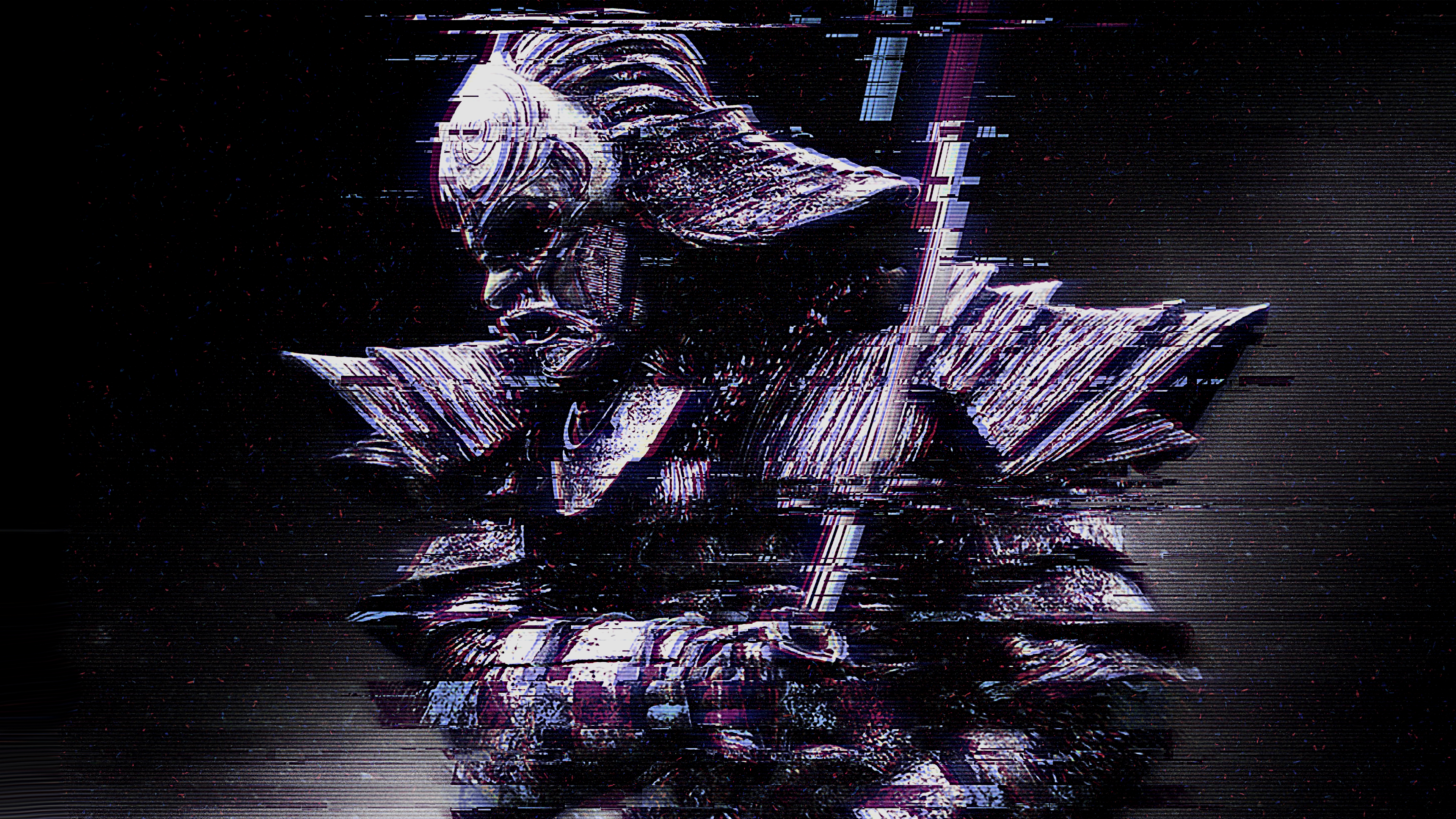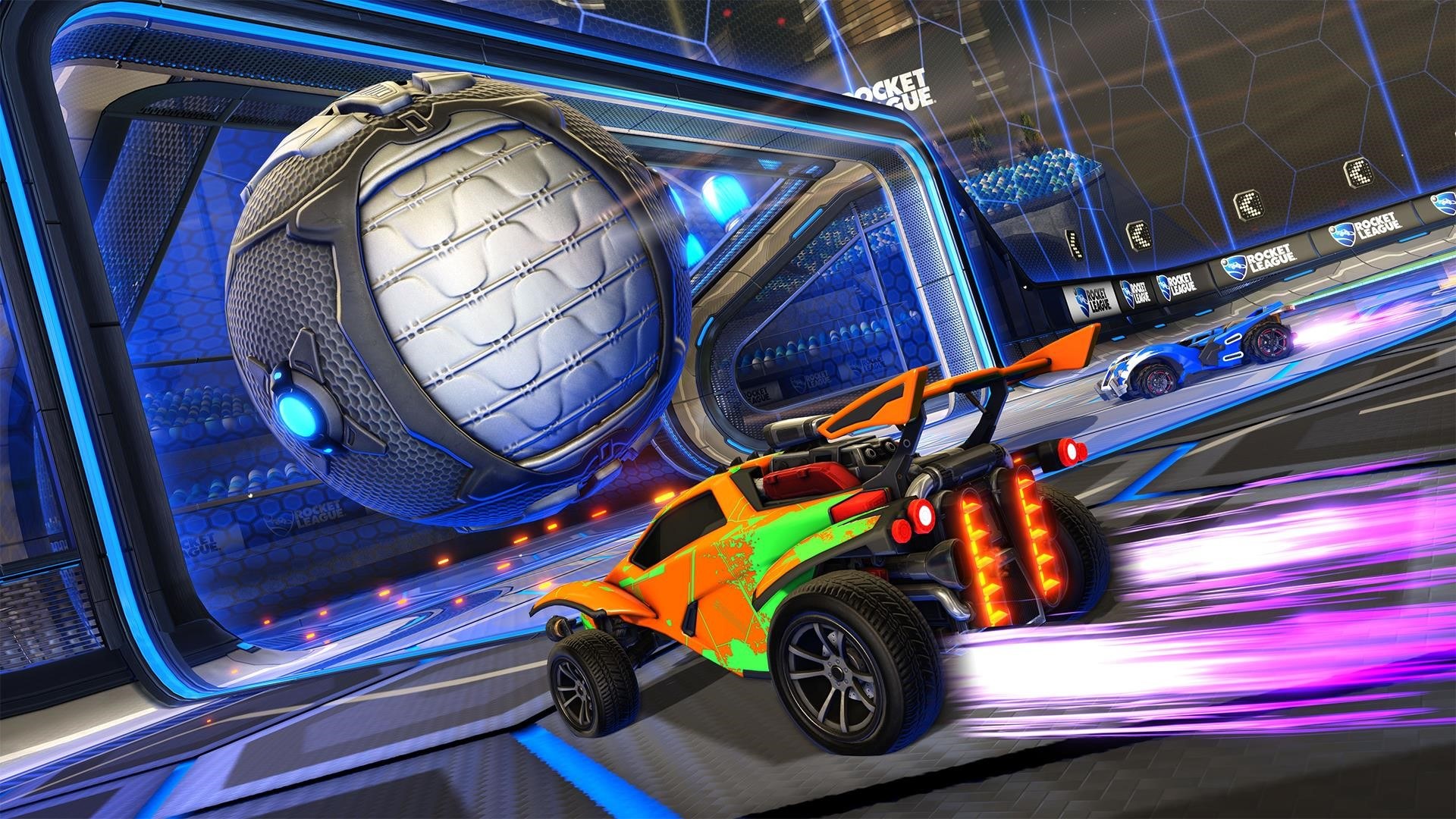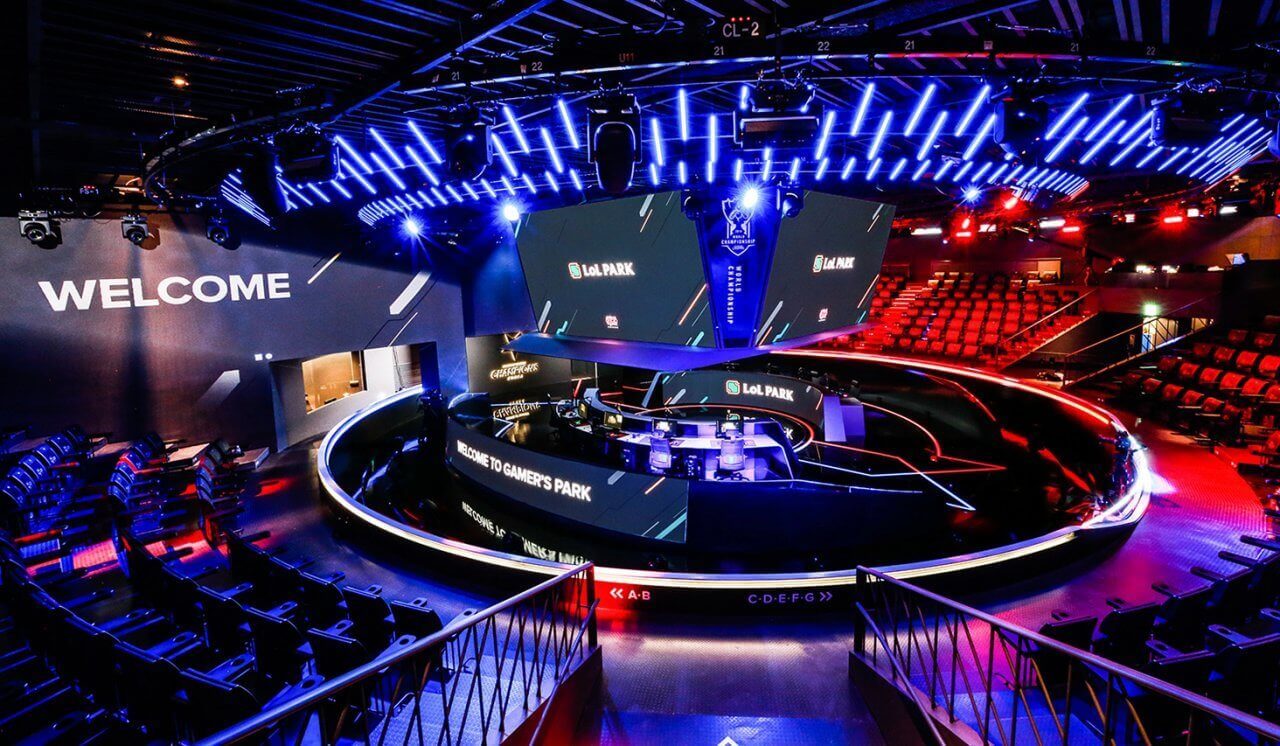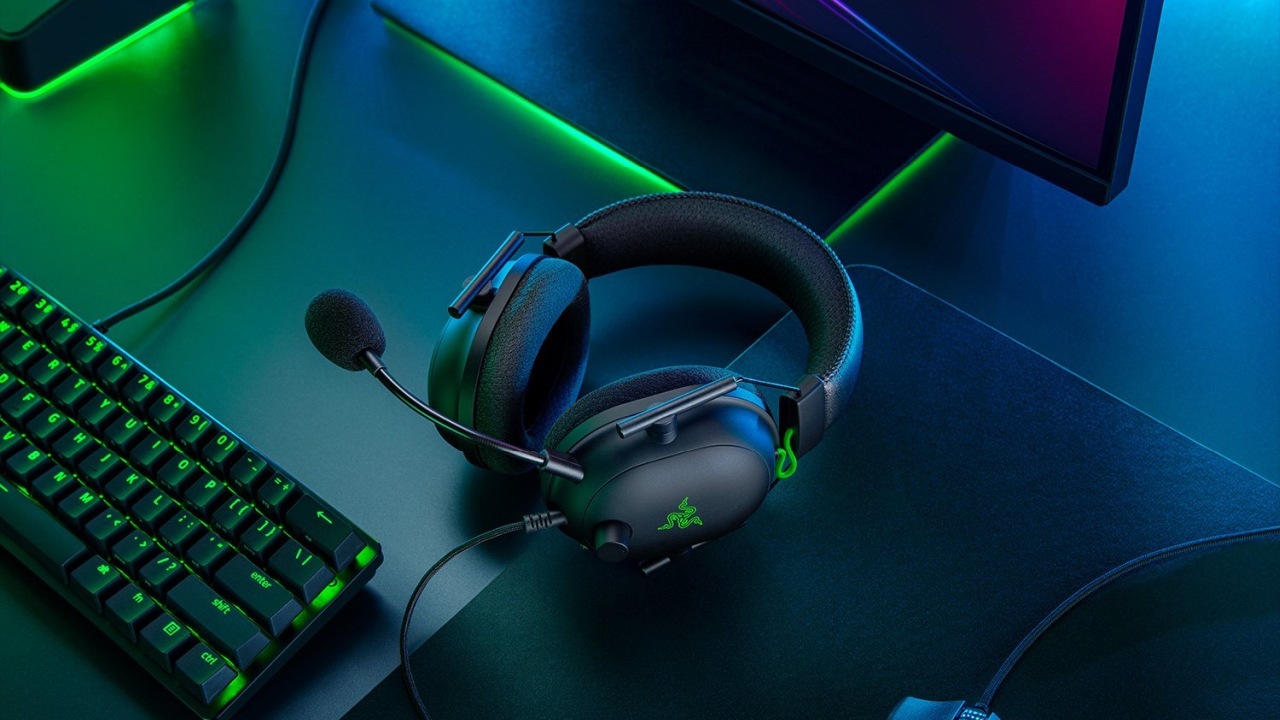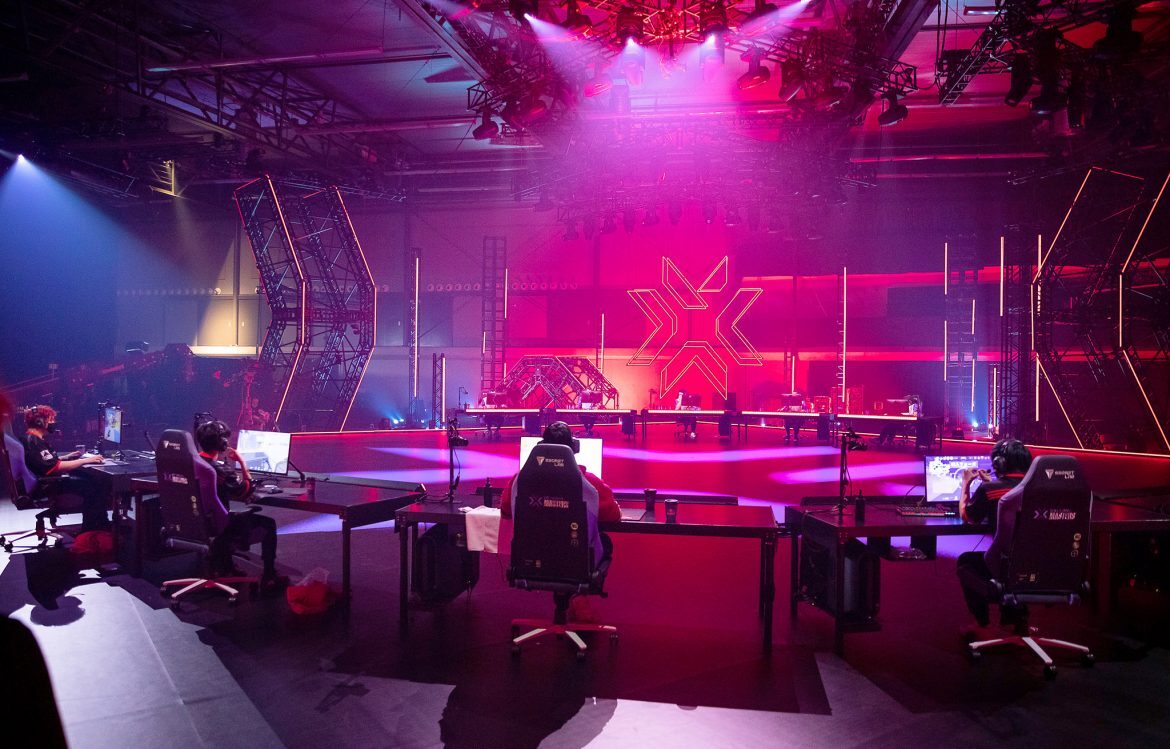We take a look at the different ranks and the distribution curve! Which is the average LoL rank? Are you an outlier?

League of Legends functions in seasons. As players log into the game and either queue up for solo/duo or flex games, they accumulate ranked points throughout a season until they make it to their desired rank… or try and try again until they fail and realize that they’re just hardstuck forever.
Seriously, not everyone can be in Challenger – since there is only a limited amount of players able to be in Challenger rank anyway, but technicalities aside – most of you just aren’t that good. Sorry, you’re not Perkz and you never will be.
So, which ranks are the most populated, which tiers are people stuck in usually? That’s what we will explore today.
Solo and Duo Queue Rank Distribution
Solo and Duo Queue Distribution per LoL Rank
There is not much of a difference between solo and duo queue, only that at certain levels of play you cannot duo up with your BFF anymore – but we get to that a little later in the article. The rank distribution stays pretty much the same, whether you play one game with your friend or another alone in solo queue.
What ranks are there in the League of Legends ranking system, and how are players distributed between all the different tiers? That’s what we’ll check out right now.
| Rank | Distribution (%) | Rank | Distribution (%) |
| Iron IV | 0.13% | Gold II | 5.2% |
| Iron III | 0.25% | Gold I | 3.3% |
| Iron II | 0.51% | Platinum IV | 6.3% |
| Iron I | 0.92% | Platinum III | 2.2% |
| Bronze IV | 3.2% | Platinum II | 1.5% |
| Bronze III | 3.8% | Platinum I | 1.9% |
| Bronze II | 5.5% | Diamond IV | 0.71% |
| Bronze I | 5.9% | Diamond III | 0.31% |
| Silver IV | 11% | Diamond II | 0.23% |
| Silver III | 8.4% | Diamond I | 0.24% |
| Silver II | 9.1% | Master | 0.13% |
| Silver I | 7.2% | Grandmaster | 0.025% |
| Gold IV | 14% | Challenger | 0.010% |
| Gold III | 6.3% |
As you can see, the highest percentage of players in duo and solo queue are in both Gold and Silver tiers. For players to rank up quicker, they will have to play against players with higher LoL MMR and gain more League Points (LP). How to do that is explained right here.
Difference Between Solo and Duo Queue
In Solo and Duo Queue, players can either play all on their lonesome with four randoms, or they can queue up with a friend to play together... with three other randoms. That is... until Master tier.
If you’re meandering down in Bronze, then you have nothing to worry about. You can queue up with your Bronze buddies any time and any day, but those in Master+ have had their duo queue restricted. Why, though?
Well, ahead of the 2021 season, Riot decided to make this change since they felt that in higher ranks, communication plays a much larger role than in low and mid elo. Therefore, Riot disabled duo queue for high-ranking League of Legends players.

Flex Queue Rank Distribution
While solo and duo queue are meant for single players to rank up, flex queue was created for players to train together and form a team. You can also gain LP and you create a rank with which you can gain end-of-year rewards as well.
You can queue up in groups of two, three, four or five in flex queue. This mode was created, so players could practice communication within games, something which is key when playing League of Legends.
Most have their designated flex queue team – four friends and yourself – that try to achieve the highest rank possible together. For many, flex queue is also used to practice together before Clash events, wherein teams can also get rewards.
Does this difference in communication have any impact on the LoL ranking distribution though?
| Rank | Distribution (%) | Rank | Distribution (%) |
| Iron IV | 0.023% | Gold II | 5.3% |
| Iron III | 0.087% | Gold I | 3.9% |
| Iron II | 0.29% | Platinum IV | 3.5% |
| Iron I | 0.91% | Platinum III | 1.5% |
| Bronze IV | 2.3% | Platinum II | 1.2% |
| Bronze III | 2.9% | Platinum I | 1.2% |
| Bronze II | 6.0% | Diamond IV | 0.49% |
| Bronze I | 9.7% | Diamond III | 0.23% |
| Silver IV | 12% | Diamond II | 0.16% |
| Silver III | 8.8% | Diamond I | 0.13% |
| Silver II | 11% | Master | 0.093% |
| Silver I | 10% | Grandmaster | 0.0088% |
| Gold IV | 10% | Challenger | 0.0049% |
| Gold III | 5.2% |
In Flex Queue, there is a higher percentage of players in Silver tier than in solo queue. This could be due to the fact that higher elo players could play together with lower elo players and therefore skew the hidden MMR, making players face opponents they aren’t ready for.
Someone who in solo queue is ranked Gold II could be friends with someone in Diamond II and those two coming together in flex would probably raise the tier of the gold player, but lower the tier of the diamond player in flex queue – I sure know I lower the tier of some of my friends when playing flex queue.

What is the Average LoL Rank?
The Average LoL rank is between Gold and Silver. Around 65% of players are in those two LoL tiers alone – both in flex queue and solo/duo queue. Of course, the least amount of players makes up the Challenger, Grandmaster and Master tier, where even if you combine them together, you get a population of a mere 0.165% of all League of Legends players.
The highest tiers in League of Legends can’t even complete a margin of 1%. This is math guys and I hate math, but I worked hard on calculating all this, so please appreciate it.
But now, looking at the complete player distribution and going into the specific tiers of each rank, we can tell that the average League of Legends player is in Gold IV. So just out of Silver and on the cusp of making it into the mid-tier of the ranked ladder.
This goes for both flex queue and solo/duo queue, where the differences between the player base doesn’t seem to differ too greatly – it’s still the same players playing the game. The only difference is how they approach the game, but as we said before, from the average, it seems that playing flex queue – though you have the advantage of communication – seems to place players in lower ranks than their solo queue tier.
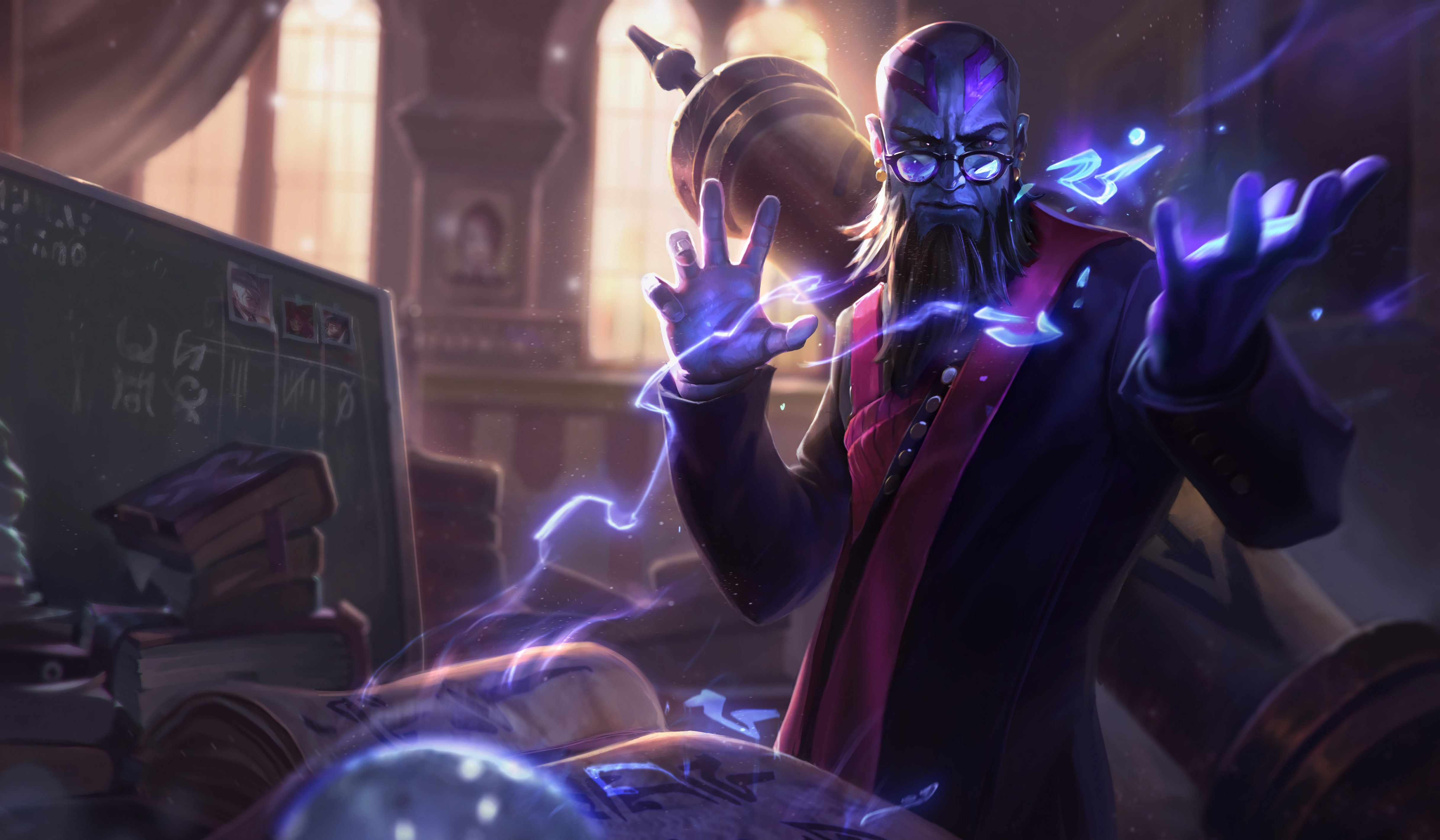
What is Considered High Elo?
Since we’re looking at tiers and ranks, we also want to know whether our rank is considered ‘high elo’. Elo refers to the tier and can be used interchangeably as such, even though the term comes from chess and refers to the specific ‘elo ranking system’ which League used before they introduced their own ranking system – little history lesson for you guys, free of charge.
High elo is considered Master tier and above. So if you’re part of the 0.165% out there that have managed to make it into Master tier by playing a single champion, then congrats, you’re in high elo and all us scrubs look up to you.
Mid elo usually refers to anyone who has made it into Platinum or Diamond. In these tiers, you can take it up with the big boys and know your stuff. Hopefully, you’ll know more than one champion and know how to jungle as well.
Everything else is low elo. Sorry, marketing manager of EarlyGame, you only made it to Gold I in Season 11, you’ll have to continue to consider yourself a low elo player. That run for Plat failed in the end!
All jokes aside, the low elo ranks are the most populated, which means that waiting for games doesn’t take eons. So consider yourselves lucky, guys! In low elo you can still duo queue, you don’t have LP decay and if you play against a bunch of bronzies you look like a mechanical god on Master Yi.








